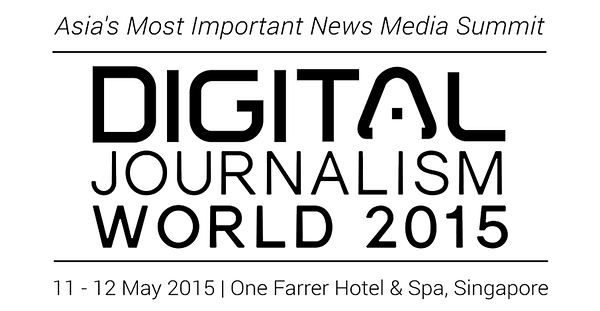Blog post -
How to Make Data Journalism Work for You at the Newsroom
The Afghan War Diary, a collection of internal Military logs released by WikiLeaks in Jul. 2010, brought data journalism into the limelight. Journalists scrambled to find ways to analyze, summarize and curate (Source: The Guardian) the vast amount of data they received (over 91,000 documents) to create easily understandable stories for their audience. It wasn’t just the biggest scoop of the year – it was the onset of journalists using raw data to develop content for news agencies.
Data Journalism is complex. It comprises of two main facets – news gathering, and producing output with the information gathered. The data collected must be meaningful to the audience, and be able to convey new stories. In 2009, The Guardian released a Datablog that updates itself with links to their news stories created by consolidating news data into information.
Extract Data from a Billion Tweets
Data Journalists must now know how to sift through large amounts of raw data and pick out what is newsworthy. Are there sudden changes in the information? What are the highlights? By analyzing data in a standardized way, it becomes easier to pick patterns and understand underlying themes in the information.
In an age where content is king, everything can be informative. Where do you start finding data stories? Utilize the data available to you – census data and social media can help craft content that will excite your readers. Data does not have to be boring– make it work for your news agency.
Put your Data in Context
With a digital age comes the need to create content that is visually appealing to news audiences. Numbers mean nothing without context. That’s why data journalism is so exciting to the industry – it allows you to create impactful infographics and designs to represent the information you have in a user-friendly way. Infographics are not the only way to release information – increasingly, news agencies are using forms of interactive visualization techniques that can change end results based on user input.
What are the best tools you can use to create visual output from raw data? What software is best for charts, graphs and designs in the newsroom?
Why you Must Attend Digital Journalism World 2015
Our exciting panel of speakers at this summit will introduce important points for discussion, like; in a data-driven world – should journalists learn to code? How do you report on transnational, data-driven investigative reports? How can algorithmic curation help you as a journalist decide how and when to deliver the content?
DJW15 has lined up speakers from top agencies to give you insight into how to utilize data in a way that benefits your agency, and how to create the best content from the information you have. The Financial Times’ Martin Stabe; The New York Times’ Mat Yurow; BBC’s Ryan O’Connor; The Washington Post’s Greg Barber; ICIJ’s Mar Cabra and Helsingin Sanomat’s Esa Makinen will bring you the latest information and updates on how to gather your stories, understand them, and present them to your audience.
Save you and your team a seat at #DJW15 – don’t miss this great opportunity to mix and mingle with the best minds in the industry.
Topics
- Education
Categories
- alternative journalism
- data journalism
- digital media companies
- digital platform
- journalist content
- online journalism
